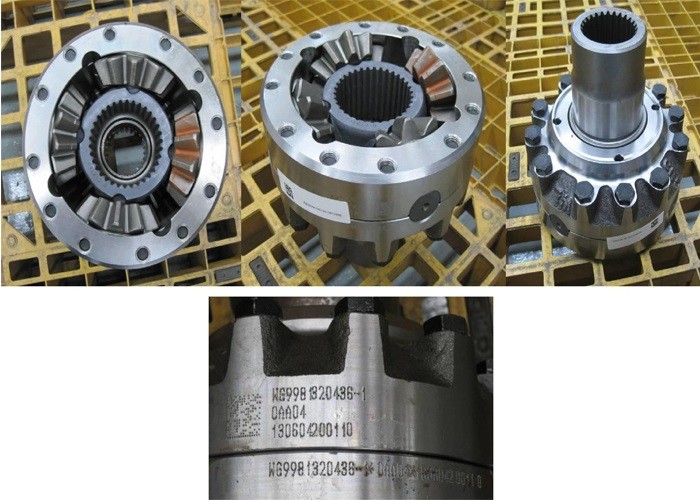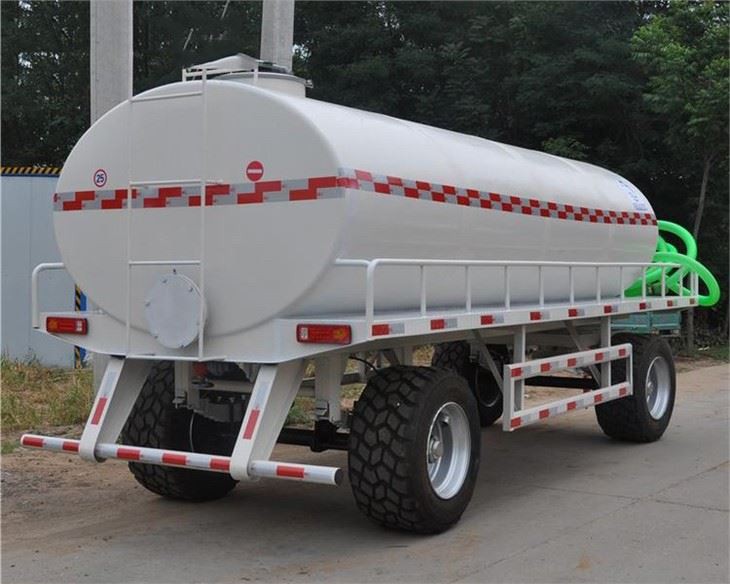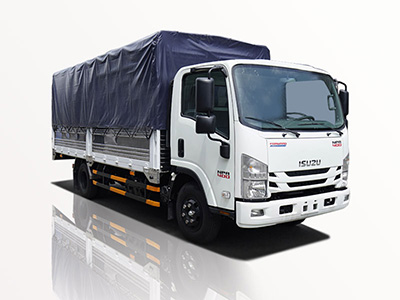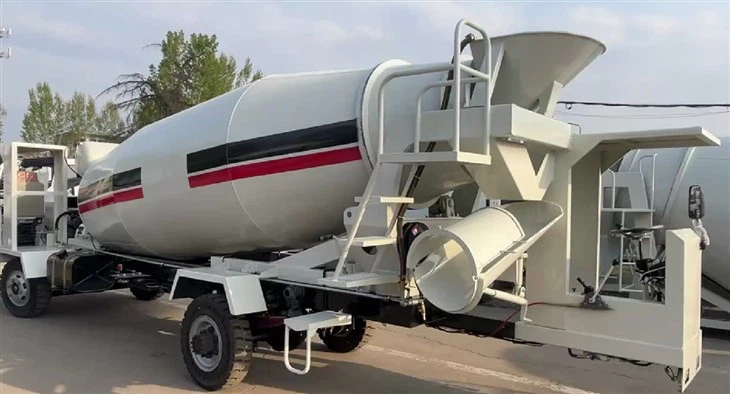A semi trailer is a crucial component of the transportation and logistics industry, playing a vital role in the movement of goods across vast distances. Whether you’re a truck enthusiast, a logistics manager, or simply curious about how products reach your doorstep, understanding semi trailers can provide valuable insights into the world of freight transportation. In this article, we will explore what a semi trailer is, its various types, and other important aspects that define its role in the trucking industry.
What is a Semi Trailer?
A semi trailer is a type of trailer that is designed to be towed by a tractor unit (also known as a truck or prime mover). Unlike a traditional trailer, a semi trailer is equipped with wheels that are positioned at the rear, which means it relies on the tractor unit’s hitch to support a significant portion of its weight. This unique design allows for greater flexibility in loading and unloading goods, optimizing the efficiency of road transport.
Key Features of Semi Trailers
- Non-Tipping Design: Unlike standard trailers, which can tip while unloading, semi trailers maintain stability due to their design.
- Versatility: Semi trailers can be designed for various cargo types, from liquids to refrigerated goods.
- Streamlined for Efficiency: Their design reduces air drag and fuel consumption, making them more cost-effective.
The Anatomy of a Semi Trailer
Understanding the structure of a semi trailer is crucial to grasping how it works and its features. A semi trailer typically consists of the following components:
1. Trailer Frame
The frame provides the basic structure and is usually made of steel or aluminum for durability and strength.
2. Axles and Wheels
Most semi trailers have two or more axles, which distribute the weight of the load evenly. The wheels allow for smooth transportation over various terrains.
3. Coupling Mechanism
This is the part of the trailer that connects to the tractor unit. The most common is the fifth wheel coupling, allowing for easy coupling and uncoupling.
4. Cargo Area
Depending on the type of semi trailer, the cargo area may be enclosed or open. This area is where goods are loaded and secured for transportation.
5. Landing Gear
Landing gear supports the trailer when it is not connected to the tractor. It can be raised or lowered for stability.
Types of Semi Trailers
Semi trailers come in various types, each designed for specific purposes. Here are some of the most common types:
1. Flatbed Semi Trailers
Flatbed semi trailers have a flat platform with no sides or roof, making them ideal for transporting oversized or heavy loads such as construction materials and machinery.
Advantages
- Easy loading and unloading from all sides.
- Can accommodate large and awkwardly shaped cargo.
2. Dry Van Semi Trailers
Dry vans are enclosed trailers that protect cargo from the elements. They are commonly used for shipping consumer goods, electronics, and other products that need to be secure and dry.
Advantages
- Increased protection from weather and theft.
- Versatile for transporting various types of goods.
3. Refrigerated (Reefer) Semi Trailers
Reefer trailers are equipped with temperature control systems, making them ideal for transporting perishable items like fruits, vegetables, dairy products, and pharmaceuticals.
Advantages
- Maintain required temperatures during transit.
- Extend the shelf-life of perishable goods.
4. Tanker Semi Trailers
Tanker trailers are designed to carry liquids such as fuel, chemicals, and food products. These trailers have specialized designs to handle the specific characteristics of liquid cargo.
Advantages
- Transport large volumes of liquid efficiently.
- Accurate measurement and loading systems.
5. Lowboy Semi Trailers
Lowboy trailers have a lower deck, allowing for the safe transport of tall and heavy loads that exceed the height usually transportable in standard trailers.
Advantages
- Can carry taller loads while staying within legal height limits.
- Allows for easy loading of equipment like bulldozers and excavators.
6. Step Deck Semi Trailers
Step deck trailers have a lower deck in the front and a higher one in the rear, providing flexibility in transporting a variety of cargo sizes and types.
Advantages
- Can accommodate taller loads than standard flatbeds.
- Versatile for varying types of cargo.
How to Choose the Right Semi Trailer for Your Needs
Choosing the right semi trailer is crucial for optimizing your transportation needs. Here are some factors to consider:
1. Type of Cargo
Different types of trailers cater to different types of cargo. Assess what you will be transporting regularly.
2. Weight Capacity
Consider the weight limitations of both the semi trailer and the truck. Ensure they can accommodate your heaviest loads without exceeding legal limits.
3. Loading and Unloading Needs
Think about how frequently and where you need to load and unload cargo. Flatbeds allow for easy access from all sides, while enclosed trailers provide more security.
4. Legal and Regulatory Compliance
Familiarize yourself with federal and state regulations on weight limits, dimensions, and other requirements to ensure compliance.
5. Budget
Consider both initial cost and long-term expenses (fuel, maintenance) when selecting a semi trailer.
Maintenance Tips for Semi Trailers
Regular maintenance ensures the longevity and reliability of your semi trailer. Here are some practical tips:
1. Regular Inspections
Conduct routine checks on brakes, tires, lights, and coupling mechanisms. Identifying issues early can save time and money.
2. Brake System Checks
Ensure that the brake system is functioning correctly. Check for wear on brake pads and make necessary adjustments.
3. Tire Maintenance
Monitor tire pressure and tread depth to avoid blowouts and ensure safe handling.
4. Cleaning and Painting
Regularly clean your trailer to prevent rust and debris buildup. Consider repainting to protect against corrosion.
5. Lubrication
Lubricate movable parts regularly to ensure smooth operations and extend the lifespan of the trailer.
Understanding the Legal Regulations of Semi Trailers
The transportation industry is heavily regulated to ensure safety and compliance. Understanding these regulations is essential for operators.
1. Weight Limits
Most jurisdictions impose strict weight limits on semi trailers. Familiarize yourself with local laws to avoid fines.
2. Dimensions
There are regulations regarding the height, width, and length of trailers. Always check what is permissible in your area.
3. Licensing and Insurance
Ensure that all drivers possess the correct licenses to operate semi trailers and that proper insurance is in place for liability coverage.
4. Safety Regulations
Adhering to safety standards set by organizations like the Federal Motor Carrier Safety Administration (FMCSA) is vital.
FAQs About Semi Trailers
1. What is the difference between a semi trailer and a full trailer?
A semi trailer is designed to be towed by a truck and relies on it for support, while a full trailer has wheels at both the front and rear and does not need a truck for balance.
2. How much weight can a semi trailer carry?
The weight capacity varies by state and trailer type, but most semi trailers can carry between 20,000 to 80,000 pounds, including the weight of the truck and cargo.
3. Can semi trailers transport hazardous materials?
Yes, but specific regulations and safety measures must be followed, including acquiring special permits and adhering to federal guidelines.
4. What types of goods are commonly transported using dry van semi trailers?
Dry van semi trailers are often used to transport consumer goods, electronics, textiles, and other non-perishable items.
5. How do I correctly load a semi trailer?
Ensure the load is balanced, secured properly to prevent shifting during transit, and does not exceed weight limits. Always follow best practices and guidelines for loading.
6. Is it necessary to have a special license to drive a semi truck with a trailer?
Yes, drivers typically need a Commercial Driver’s License (CDL) to operate commercial vehicles like semi trucks and trailers.
Conclusion
Understanding what a semi trailer is and its various types is essential for anyone involved in transportation and logistics. With this comprehensive guide, you are now equipped with knowledge about the anatomy, uses, types, maintenance tips, legal regulations, and more. Whether you are an operator, a business owner, or just curious, this information serves as a solid foundation in the trucking industry.



